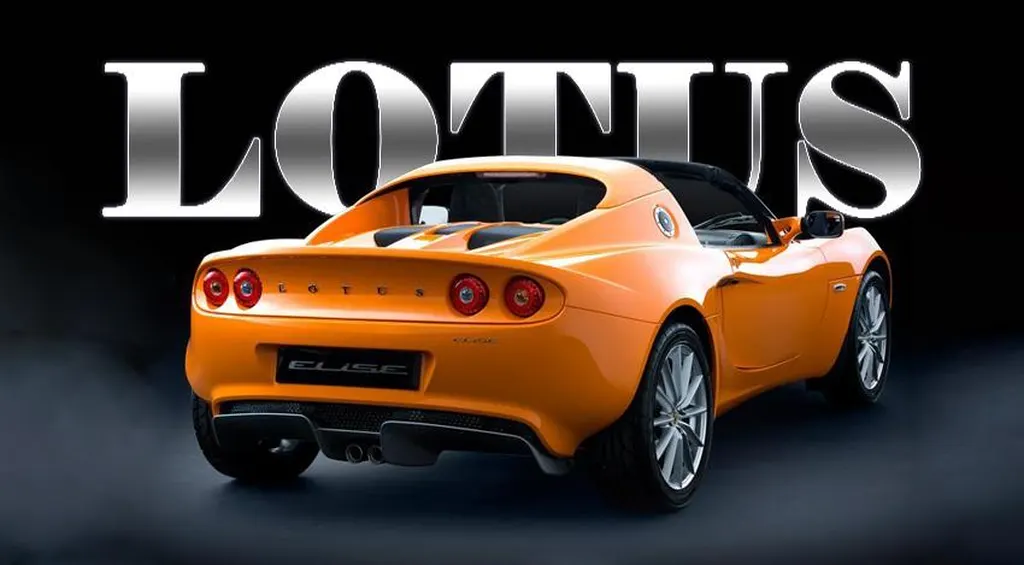In the history of British automobile industry, there is such a strange automobile brand. It is one of the three largest sports car brands in the world. It has made great success in the field of racing, and has made remarkable achievements in engineering technology. However, it has been in financial difficulties and often faces bankruptcy. Now it no longer belongs to the UK, but has become a brand of Proton Company in Malaysia. Its name is Lotus. It has a history of 60 years until January 1, 2012. Today, let’s review its development.


Establishment of the Lotus Brand (1947-1952)
From modified car to design vehicle
The founding of Lotus brand has to mention its founder, Colin Chapman. It started in 1947, when Colin Chapman 19 years old, was a sophomore majoring in engineering technology at University of London. One day, he bought an Austin Seven sports car made in 1930, for his love of automobile movement, he began to modify the car. After the refitting, Chapman re-registered the car. The name of the car is no longer Austin, but Lotus, also called Lotus Mark 1. So the first Lotus car was born.

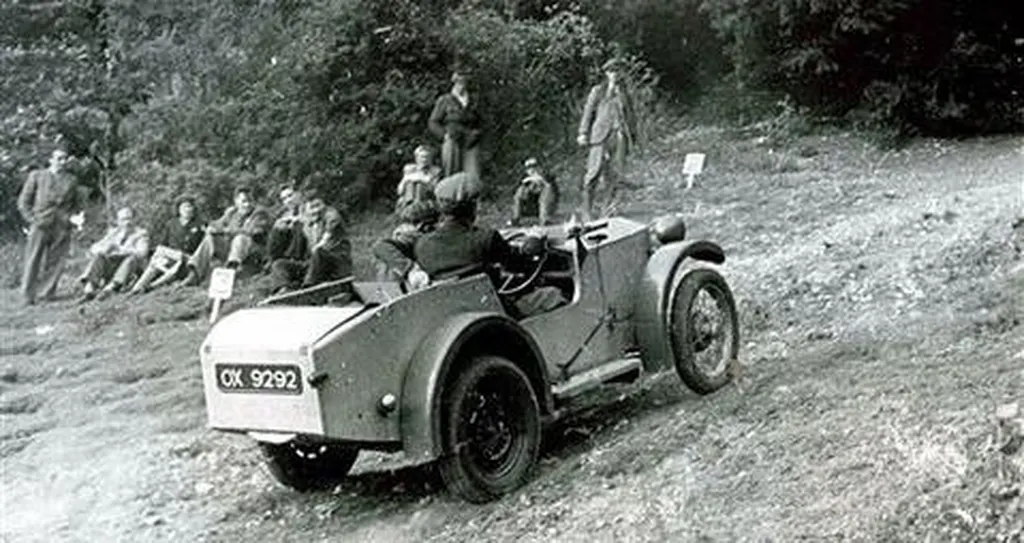
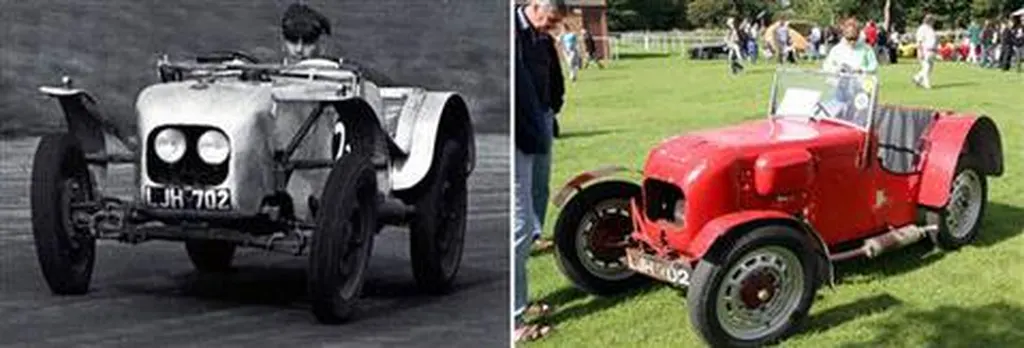

Chapman built Lotus MK2 in 1949, and won his first victory at Silverstone in 1950. It was a small competition held by eight racing clubs, in which he beat Bugatti 37 with Lotus MK2. With the victory of the race, Chapman and lotus became household names in the racing circle. Therefore, customers began to order Lotus car kits from Chapman. In the following period of time, more than 20 lotus MK1 and lotus MK2 were sold.

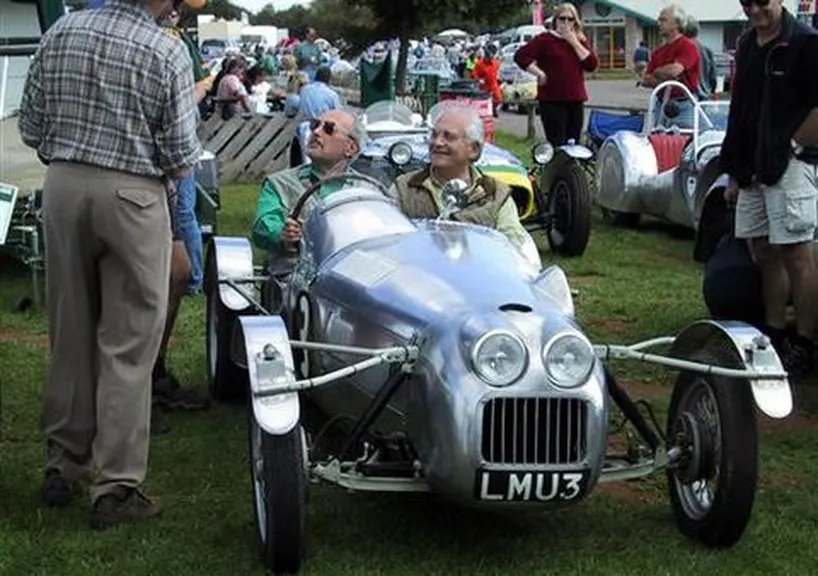
In 1951, Chapman built Lutus MK3. At that time, his girlfriend Haier personally drove the car and won the AMOC women’s team championship at Silverstone racetrack in England. This is the first time that Lotus sports car won the world sports car championship. The victory of this competition, make Chapman set foot on the long journey of making racing car. In this way, with the love and encouragement of his girlfriend Haier, Chapman founded lotus mechanical engineering company, a sports car manufacturing enterprise on January 1, 1952.

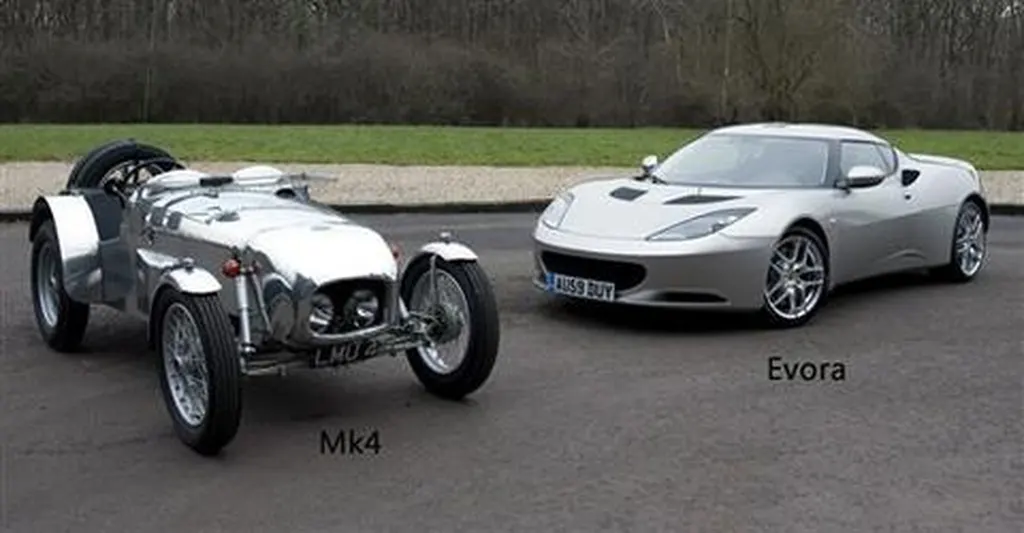
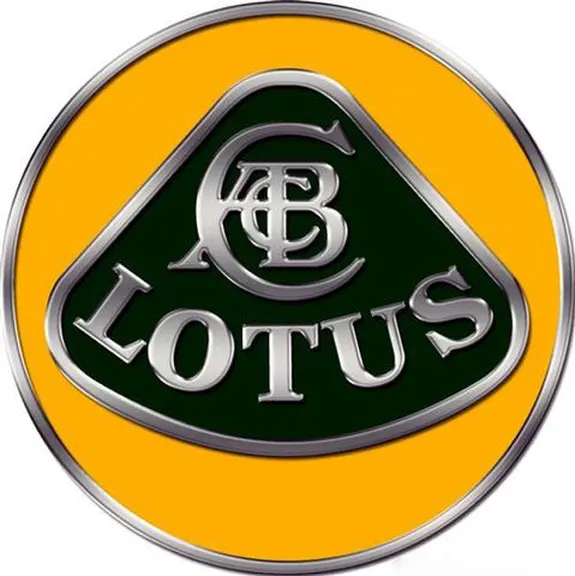

In 1952, Chapman had to locate the factory in his father’s old stable in order to use the limited funds for the blade. After numerous drawing designs and factory experiments, Chapman finally got rid of the low grade of refitted sports cars, and designed and manufactured the lotus Mark IV sports car, which was praised as flying out of the stable. With the help of his girlfriend, Chapman renamed the company rutes Mechanical Engineering Co., Ltd. and added the first letter of each word of his name, CABC, above the original lotus logo.
As the brand of rutes is different from many other automobile brands, it was originally born almost to build racing cars to participate in various competitions, while the production of civil sports cars is just an “accessory” of lotus brand, which is the source of funds used by lotus to support the competitions. Therefore, in this article, we will start from the development history of lotus’ racing cars, and then follow its The history of sports car development, brand development, engineering and technology achievements, and Colin Chapman’s biography and other parts present the wonderful years of lotus.
History of racing (1952-1968)
Outstanding from the beginning
At the beginning of the brand, Lotus did not have the ability to design and produce its own engine, so Chapman focused on the body design and set a principle: reduce the weight of the body as much as possible and give full play to the limited power. It is from this concept that the MK 6, which came out in 1952, adopts a honeycomb tubular frame. This technology was widely used in aircraft manufacturing at that time, but it was the first time it was used in automobiles. The car has a Ford engine of just 40 horsepower (29 kilowatts), an ancient cable brake and a gearbox with only three speed ratios. But with its body weighing only 400 kg, it has left many powerful rivals behind in the car race.



In 1957, the lotus 7 was born as a famous brand in its history. This car is a “naked car” in the body design. The driver is like sitting on the floor, with no barrier on both sides. If it wasn’t for a backrest and spare tire, the back would be unobstructed. Lotus 7 weighs only about 350 kg, so it can drive fast without much horsepower. At that time, it accelerated enough to compete with supercars. But lotus 7 has a lot of wind resistance, more than twice the size of any modern family car. When you drive at a speed of more than 150 km / h, it’s like breaking into a hurricane. So far, the car is still being produced in the name of Caterham.


Later, lotus constantly improved and updated the design of the car, which was outstanding in various competitions, especially in the 24-hour endurance race in Le Mans, France. In 1957, the MK 11 finally made a historic breakthrough in the Le Mans 24-hour endurance race and won the championship title of 750cc performance index. But Chapman’s proudest achievement is F1. Lotus took part in F1 competition for the first time in 1958. Lotus 12 became the first car of lotus to enter formula one (F1), and won the fourth place in the first year. In addition, Chapman was involved in the development of the Vanwall International Grand Prix, which later won the 1958 World Championship of automakers.


In 1960, a legendary driver, Jim Clark, appeared in Lotus. Between 1960 and 1968, the young man won 25 sub station victories, 33 pole positions (first place in qualifying), 28 fastest lap times, two F1 World Championships, and won many times in the US Indian 500.




In 1962, lotus launched the lotus 25 car, which is the first single seat car designed and manufactured in an integrated way in history. Compared with the traditional tubular frame, the new frame is made of lightweight box shaped metal plate connected by rivets. The advantage of this is that it reduces the weight of the car, increases the firmness of the frame, improves the anti-twist ability, and thus better protects the driver’s safety. At the same time, in Lotus 25, the driver is no longer sitting upright in the cockpit, but “lying” in the driver’s seat in an almost flat position. This improvement continues to this day. In the same year, small-diameter steel steering wheel was also widely used in various motorcades. In 1963 and 1965, because of these designs, lotus team won the championship of the year of F1 twice, and it was Jim Clark who drove the car.


At the beginning of 1966, the regulations of F1 sport were revised: the maximum exhaust limit of engine was increased to 3L or only 1.5L supercharged engine was used. As a result, Colin Chapman, the leader of lotus team, designed an absolutely new power device for his car in 1966. However, in 1966, Lotus did not achieve good results. By 1967, the Lotus team began to use the DFV V8 engine of Cosworth company. Cosworth company was transformed into an enterprise providing engines for most F1 teams in 1968. From 1968 to 1974, all winning teams used Cosworth DFV engines. Among them, in 1968, 1970, 1972 and 1973, the team that won the championship was Lotus.


By 1968 it was a year of upheaval for Chapman. At the age of 32, Clark, whose career is in the ascendant, died unexpectedly in the F2 competition in hecenheim, Germany, in April. Clark is an undisputed genius. His unique driving style and dissolute character became the symbol of that era. Like Elvis Presley and James Dean, Clark made wonderful comments for the turbulent 1960s. History is bound to let Clark park here, forever. The funeral of the two time world champion was a great success. Countless young female fans flooded Clark’s hearse with white roses. John Lennon of the Beatles sang the famous “yesterday” at the funeral.
Development history of racing (1969-1994)
Continue to lead in the 1970s / gradually withdraw from the competition after 1980s
In 1970, Chapman launched a model 72 single seater. The unusual car ushered in a new trend. The design concept is to move all the weight to the rear of the car to improve the power performance. For this reason, the rear wheel of the car is surprisingly large, the front wheel is surprisingly small, and the car body with sharp edges and corners is unprecedented at that time. The Model 72 won 20 races and three annual victories (1970, 1972 and 1973) in five seasons.

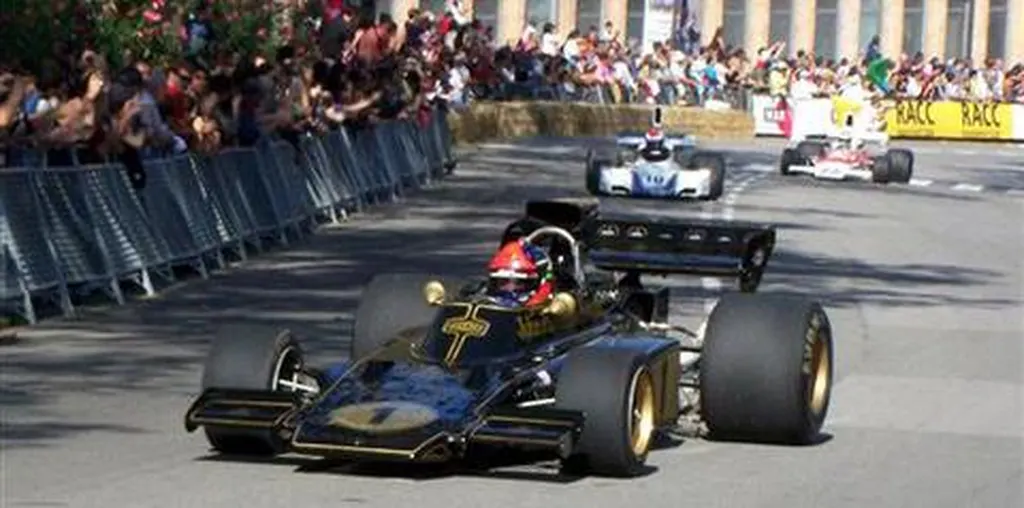
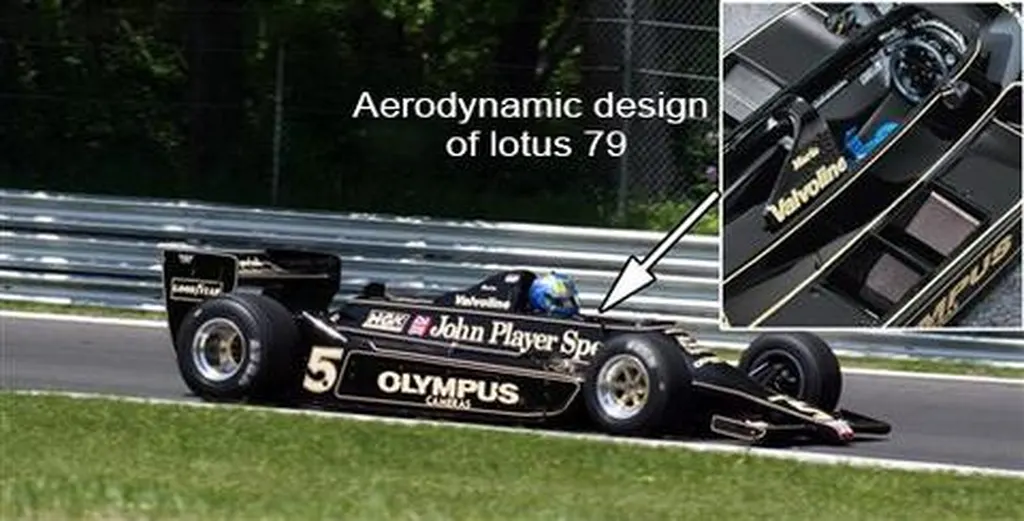
In 1978, the first lotus 79 car was born, which was designed according to the aerodynamics principle of ground effect. With its excellent performance of cornering, sprinting and galloping, it won the championship of F1 Grand Prix in that year.

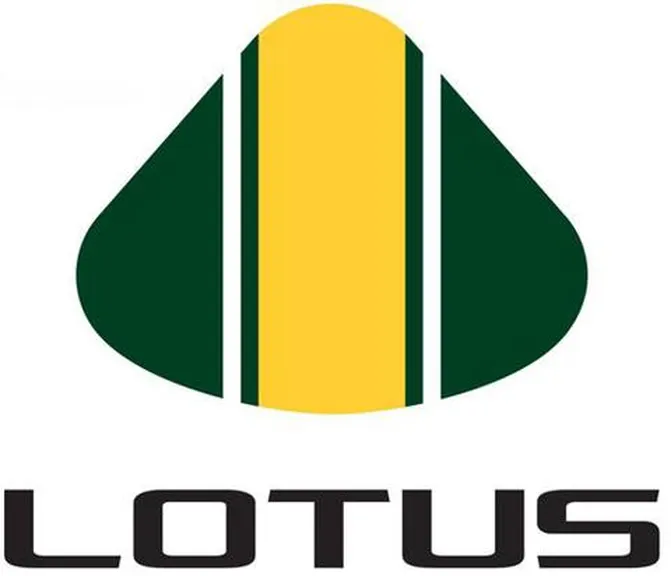
Since the 1980s, when the Lotus brand economy began to be turbulent and faced with bankruptcy, lotus began to gradually withdraw from most of the motor racing, and in the end, it almost insisted on F1. Finally, in 1994, lotus officially announced to withdraw from the F1 race. However, from 1980 to 1994, although Lotus did not win the annual championship of F1, there were still some worthy of showing off things.

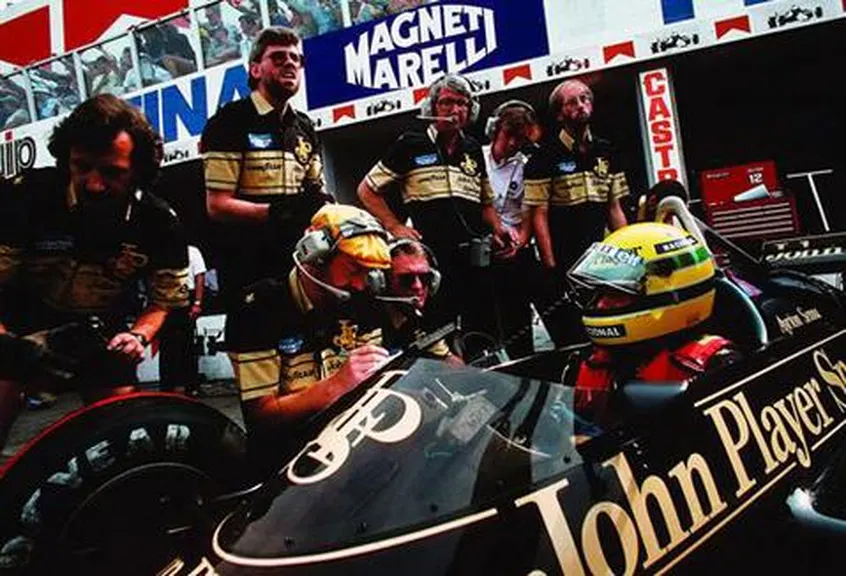
First of all, in 1985, Lotus ushered in a legendary driver, Elton Senna. Under the extremely difficult circumstances, senna won two F1 races for Lotus every year in the three seasons of 1985-1987. However, his first championship in his career was in 1988. At that time, the impoverished Lotus could not keep Senna. The Brazilian left McLaren. In McLaren, senna won three annual driver championships. In 1994, he switched to Williams team to start a new era, but the accident of San Marino Imola ended everything, and he became an eternal topic.


Secondly, in 1987, lotus launched the F1 car 99T of that year. This model not only uses the 1.5L turbocharged engine provided by Honda in that year, but also, most importantly, for the first time, it is equipped with the active suspension system (also the first loading in F1). This system uses the electro-hydraulic control of the suspension stroke, which can guarantee the control performance of the vehicle as much as possible, however In 1993, F1 cars were banned from using this technology, which has now been adopted by many medium and high-end cars.

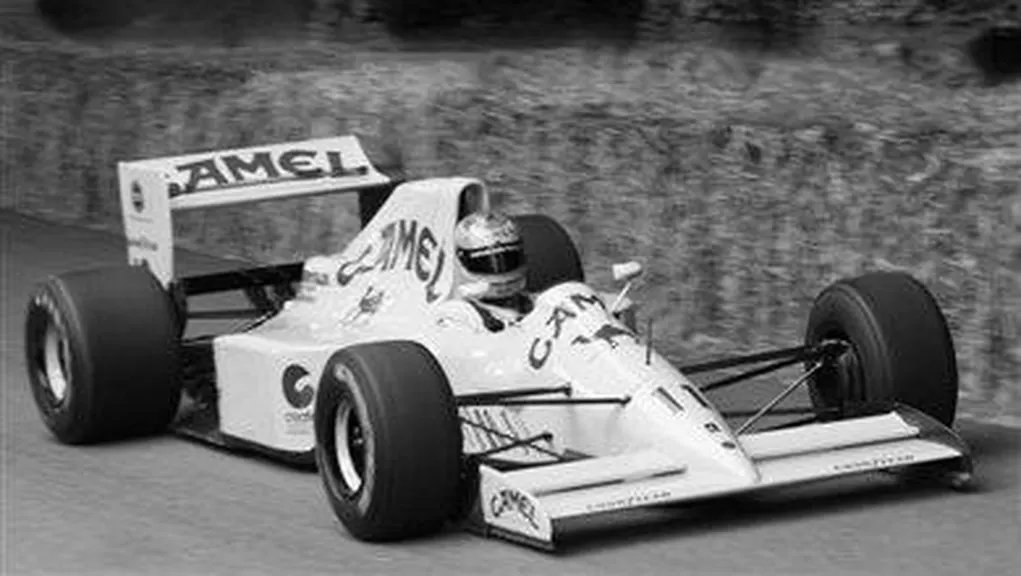
Since 1994, lotus has officially withdrawn from the F1 race. However, looking back on lotus’s race history, from entering the Grand Prix in 1958 to withdrawing from the Grand Prix in 1994, lotus team has participated in 491 races, won 79 of them, won 7 times F1 annual manufacturer’s Grand Prix and 6 times annual driver’s Grand Prix. In addition, the team also made the most of the 500 mile Grand Prix in Indianapolis and the 24-hour endurance race in Le Mans, France.
Development History of Sports Cars (1957-1979)
Creating and Inheriting the original lightweight principle for only a few people
In the history of sports car manufacturing, it can be said that Colin Chapman did not plan to mass produce sports cars like GM or Ford from the beginning. The car he invented was the toy of a small group of rich people with taste. In 1957, lotus 7, lotus’s first performance sports car, was born. It was powered by a Ford 1.2L 4-cylinder engine with a maximum power of 40 horsepower. This model has won the popularity of fans since it was launched. It is precisely because the hot sales of this model laid a certain foundation for lotus’s initial development.


As for the “self-embedded” sales mode, it is actually “self-service” (D.I.Y.). In order to evade the “shopping tax” in Britain at that time (the purchase of the whole vehicle needs to be paid), Chapman directly packed the engine, body, door, seat, gearbox, wheel and brake system of Mk7 in the form of kits, with detailed assembly instructions for sale. The owner who usually has the knowledge of automobile machinery can assemble a Lotus Mark 7 in about two working days.


Later, Chapman was accumulating experience on the field and developing new road sports cars. In 1957, the second lotus sports car called Elite was launched. Elite is a mass production sports car version of lotus 14. It was produced in 1957-1962. It uses a 1.2L 4-cylinder engine for power. The maximum power of the ordinary sports car is 75 horsepower, while that of the racing car version can reach 105 horsepower. The curb weight of the whole vehicle is only 503kg. After the launch of the car, although shocking, but because the reliability is poor, so the sales performance is not good.

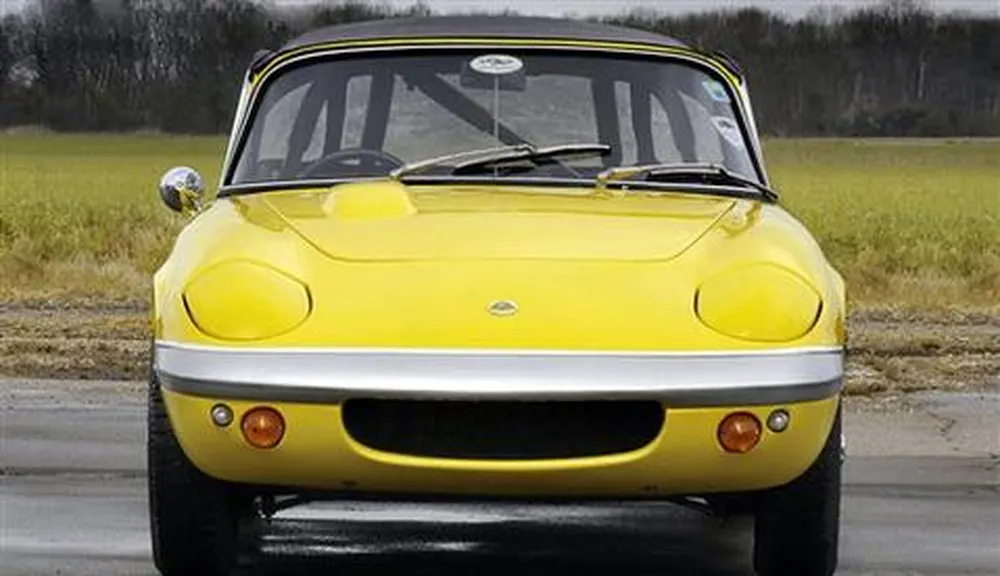
By 1958, lotus automobile group was established, including lotus sports car company and lotus racing company. Because of the unsatisfactory sales volume of lotus Elite, Chapman continued to work hard to learn from it and launched the Elen sports car in 1962, which is the successor of Elite. The 1.5L engine is used for power, the maximum power is 108-126 horsepower (determined by different versions), and the 0-100 km/h of ordinary sports car model is only 7.9 seconds. Due to the use of four-wheel independent suspension on the body structure, the road performance was amazing. In 1965, another 2 + 2 Elen convertible was launched, which consolidated its position. In the eight years of its production, Lotus Elen has sold a total of 17000 units. Because of the success of this model, lotus has obtained the team’s competition cost for nearly 10 years.


By 1966, lotus’s new flagship GT sports car, Lotus Europa, was born. This model has been produced from 1966 to 1975. It is also the first mid size sports car produced by lotus. It is also divided into S1, S2, racing version and special version. Among them, S1 series models are powered by a 1.5L engine, with a maximum power of 82 horsepower, an overall mass of only 610kg and a maximum speed of 195km/h, while the acceleration time of 0-100 km/h is 9.3 seconds.



Until the birth of Europa, lotus has been using other brands of engines, the main brands are Ford and Renault. Chapman has been worried about this for a long time. By 1974, a 100% elite model built by lotus was born. Lotus 2.0L 4-cylinder engine is used in the car, with a curb weight of 904 kg. The four seats are spacious and comfortable. It is a real luxury sports car, which was produced until 1982.

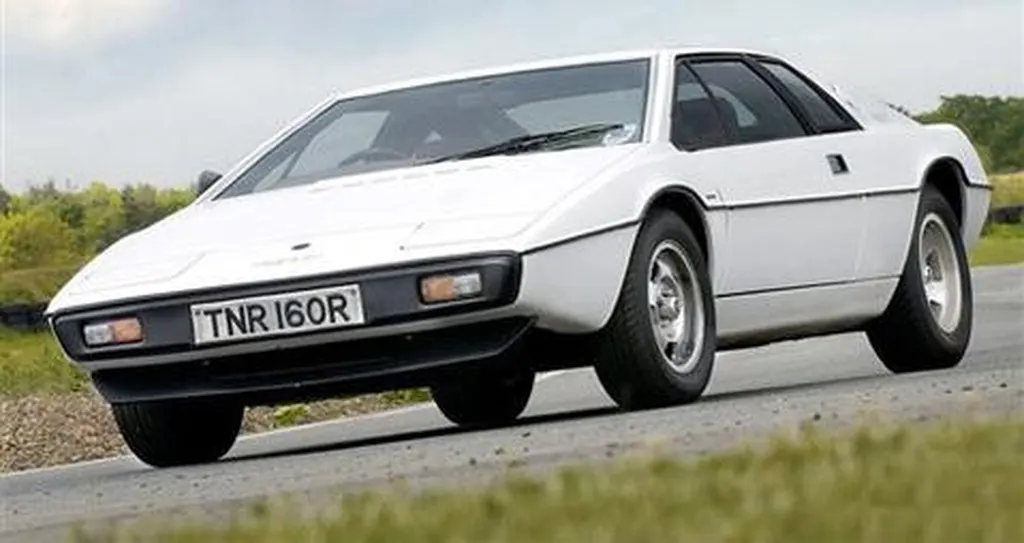

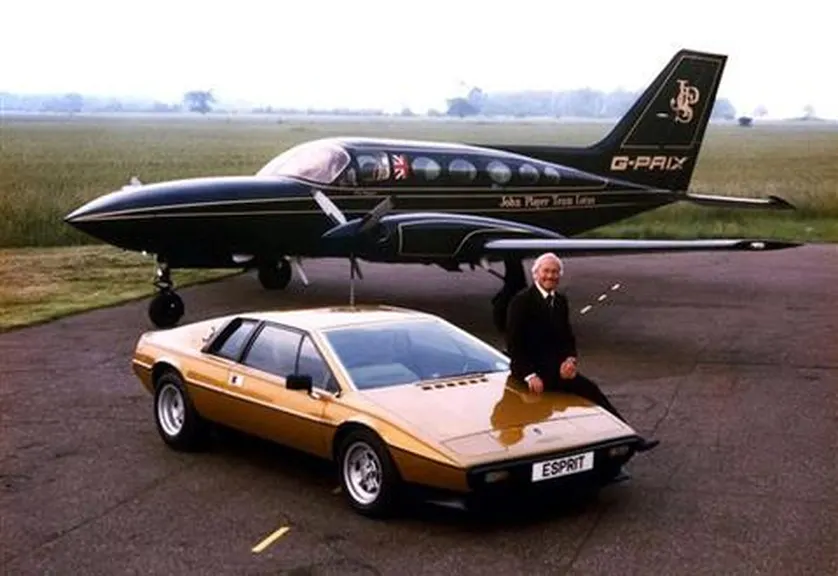
In 1971, at the Geneva auto show, Chapman met with the young Italian designer Giorgio and had a good time. He decided to work with him to design a new model. By 1975, a legendary model designed by Georgia, the Lotus Esprit, was born, which was launched to replace the flagship Europa of lotus at that time. However, this model is stronger and more luxurious, and it was already a strong rival of Porsche and Ferrari at that time. The initial model was equipped with a 2.0L engine, with a maximum power of 162 horsepower and a mid mounted rear drive layout. Later, the model was continuously upgraded, with a power of 268 horsepower at one time. At the same time, the model has been accompanied by Lotus for nearly 33 years, and finally stopped production in 2004. Esprit’s birth can be said to be the idol class super sports car at that time. It also played the role of star car model in movie 007, Basic Instinct and Pretty Woman.

